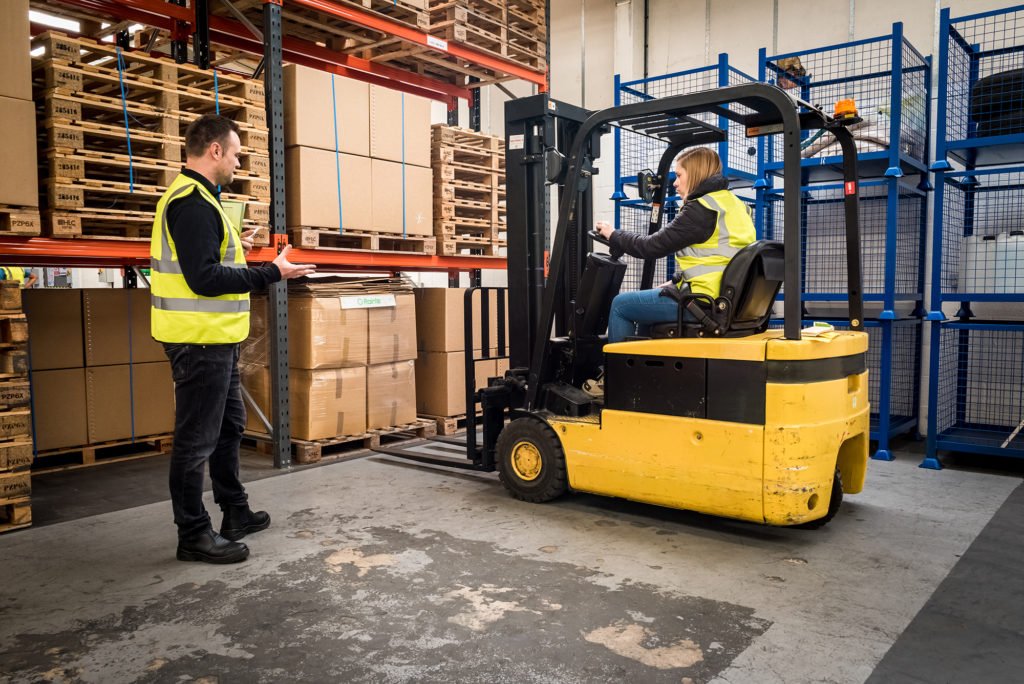Working with tools and equipment is a daily routine for a lot of workers in industrial workplaces. Incorrect lifting and handling in the workplace drastically increase the risk of accidents and injuries, which can be disastrous for the individuals involved and their surroundings. Therefore, the tools and work equipment must be used safely to avoid any health hazards.
This content piece will walk through safety tips for working with tools and equipment, what the law says, and ways to keep the work equipment safe for use.
Work, Equipment Tools & Machinery
Work equipment is defined as any kind of machinery, tools, or installation for the use of work. These tools and equipment are used in almost every work environment and are a common reason for many major accidents and injuries in the workplace.
Injuries occurring as a result of work equipment, tools, or machinery are the third largest cause of work-related fatalities and ill health cases. It is seen that nearly 716 workers died and almost 196,140 were injured in 2020 due to contact with objects and equipment.
The various injuries that occurred as a result are:
- Moving object striking a worker
- Parts of workers’ bodies being crushed in machinery
- Workers being injured due to vibration or hand tools
- Injury occurring due to friction or pressure
These are some of the prominent causes of work-related injuries or accidents, apart from this, other small injuries may also occur while performing day-to-day operations which employers need to be accountable for.
What Does the Law Say?
Employers whose staff use work equipment, tools, and machinery as part of their everyday tasks need to ensure that they are providing equipment that is regularly maintained so that it doesn’t become a severe health risk to its users.
For that matter the Provision and Use of Work Equipment Regulations (PUWER) makes it essential for employers and their workers to maintain and keep the work equipment in an efficient state.
The nature of equipment maintenance should be determined by undertaking a thorough work equipment risk assessment that includes:
- Intensity of use
- Operating environment
- Operator knowledge & experience
- Safety risk from malfunction or equipment failure
The PUWER regulations cover the workplaces to whom Health and Safety at Work Act apply and include factories, offices, offshore installations, construction sites or warehouses, etc.
Effective Ways to Keep the Work Equipment Safe
Below are some of the effective approaches that help keep the work equipment and machinery safe in the workplace.
1. Make Sure to Understand the LOLER
The Lifting Operations and Lifting Equipment Regulations 1998 (LOLER) requires employers and responsible persons to ensure that the work equipment and tools are fit for the intended purpose.
It means that the equipment must mark the safe working loads with written records carried out by a competent person.
2. Invest in Machinery Wisely
Work equipment and machinery are a one-time investment. Therefore, companies and employers should not compromise on the quality of machines so that they can cause harm. Even something like finding the right industrial store to source out tools and equipment can go a long way to enhance safety in the workplace.
Employers must do proper research to find the best option for their workers to avoid accidents and injuries.
3. Provide Information, Resources & Training to Workforce
Handling heavy machinery and equipment is not an easy task. It requires vital competence, knowledge, and training to get the job done right.
It is, therefore, necessary for employers to arrange proper training sessions for their staff members to keep them aware of the dangers and hazards of machinery, tools, and equipment.
Some basic awareness training courses they can offer to their workforce are hand-arm vibration training, abrasive wheel training, work equipment assessment training, maintenance safety training, hand safety training, and more.
4. Regular Inspection & Maintenance
There is nothing more dangerous than having faulty equipment in any workplace. These tools and devices need regular inspection and maintenance to prevent severe damage to the health and safety of the worker whose work revolves around them.
The equipment must be regularly cleaned, oiled, and checked for any damaged parts to ensure safe working practices.
5. Secure the Equipment
Another thing to keep in mind is securing the equipment to keep it safe from any kind of potential theft. Employers must ensure that they use quality securing equipment that does produce any harm to their workers as well as their surroundings.
Bottom Line
There are a lot of workplace hazards to look for when ensuring a safe workplace and hazards associated with tools and machinery are also a leading cause of many serious injuries.
Keeping and maintaining the work equipment in good order is a legal requirement for employers and workplaces to control and minimize potential workplace hazards, accidents, and injuries.
This blog post has covered some of the effective ways and tips to keep the work equipment, tools, and machinery safe to ensure safe working practices and legal duties to fulfill to keep and maintain a safe and secure workplace.
